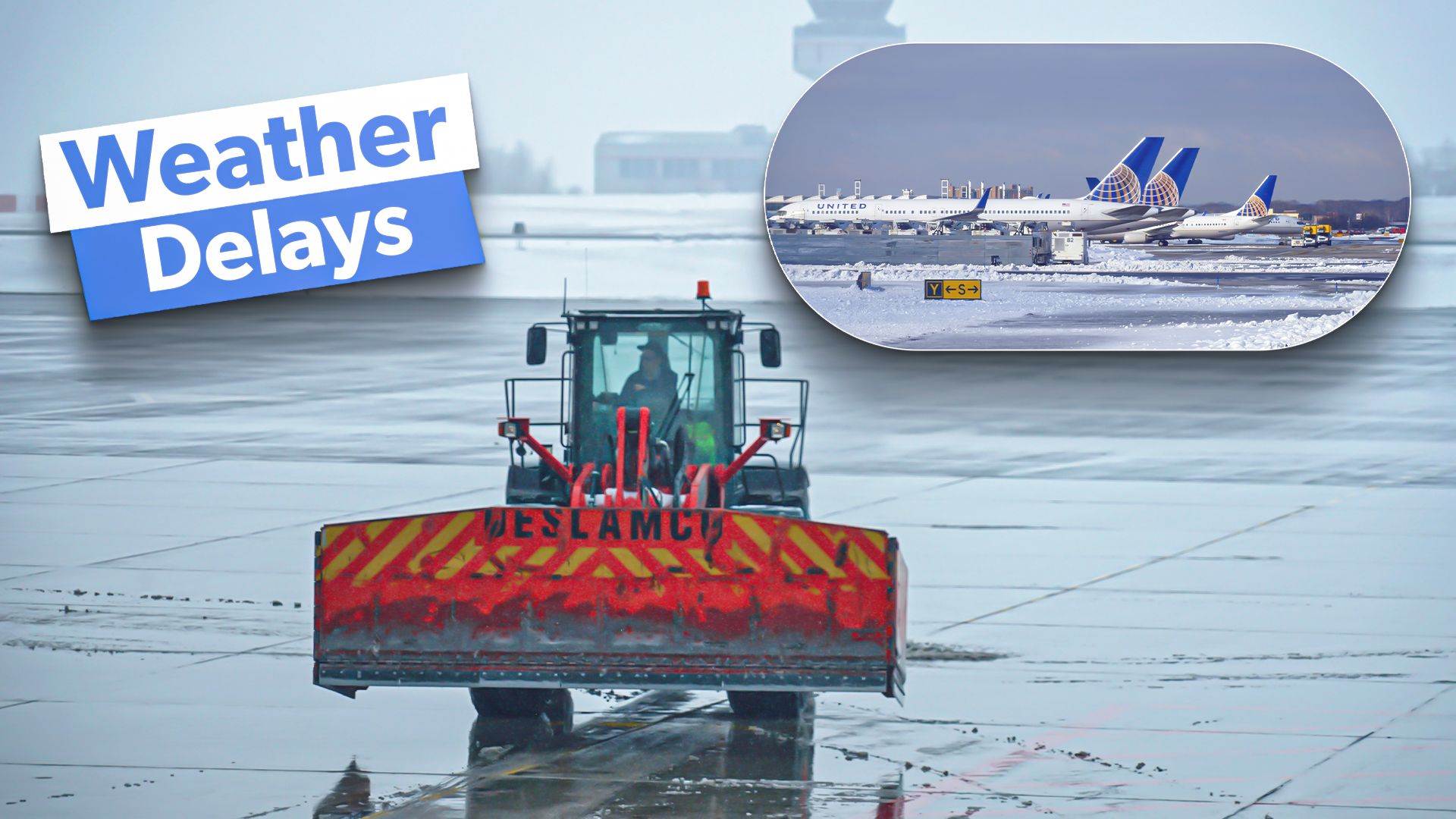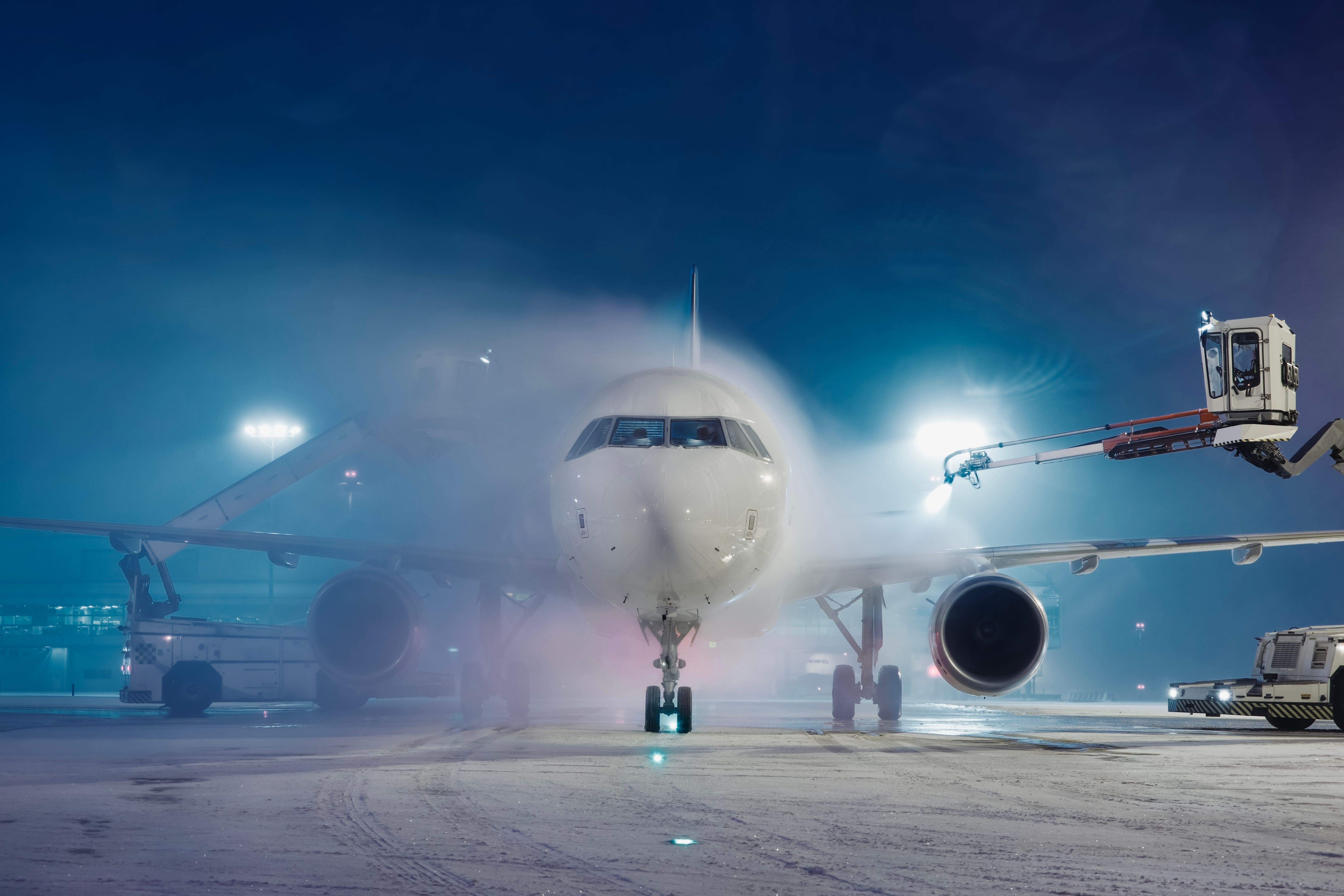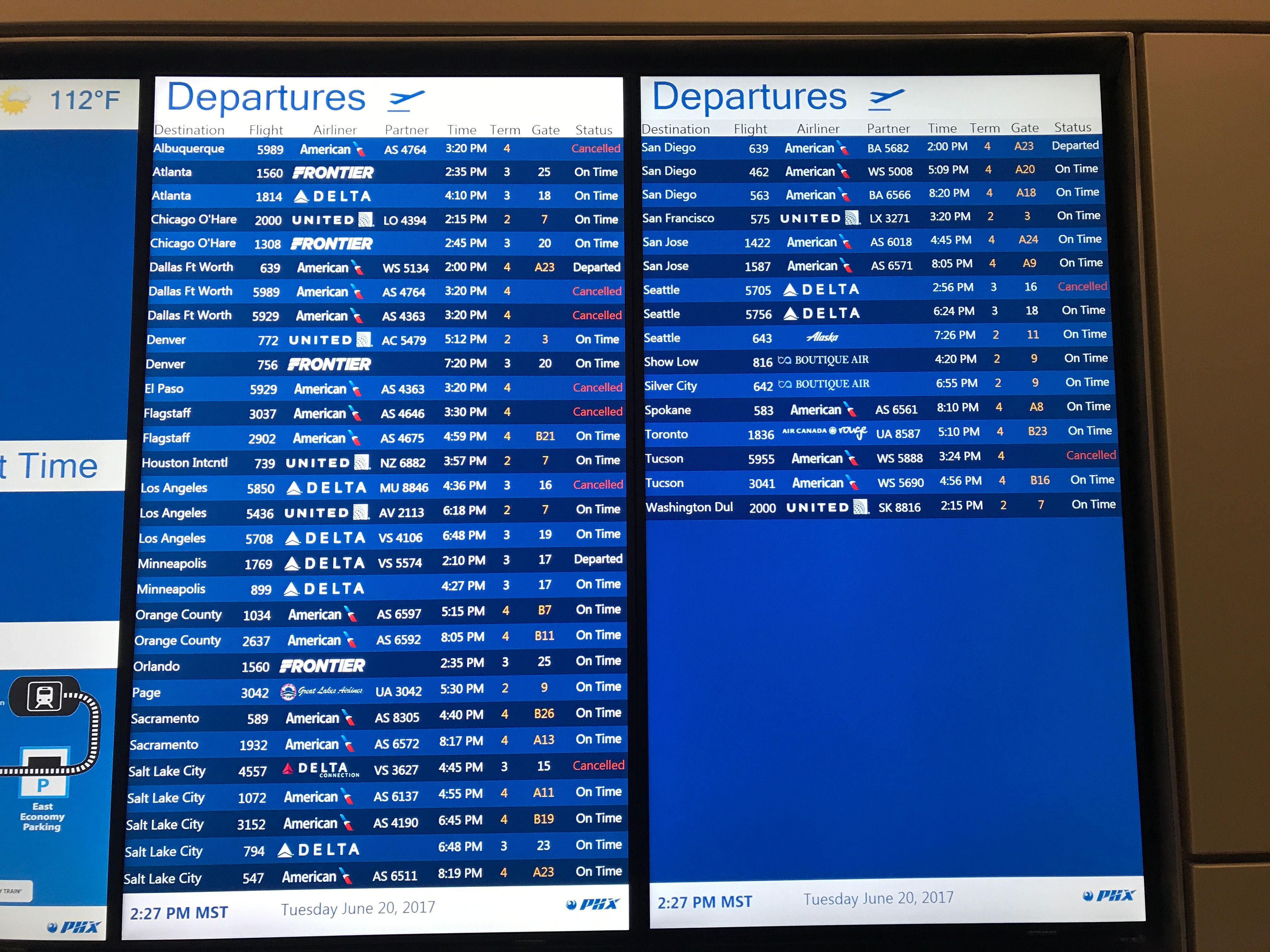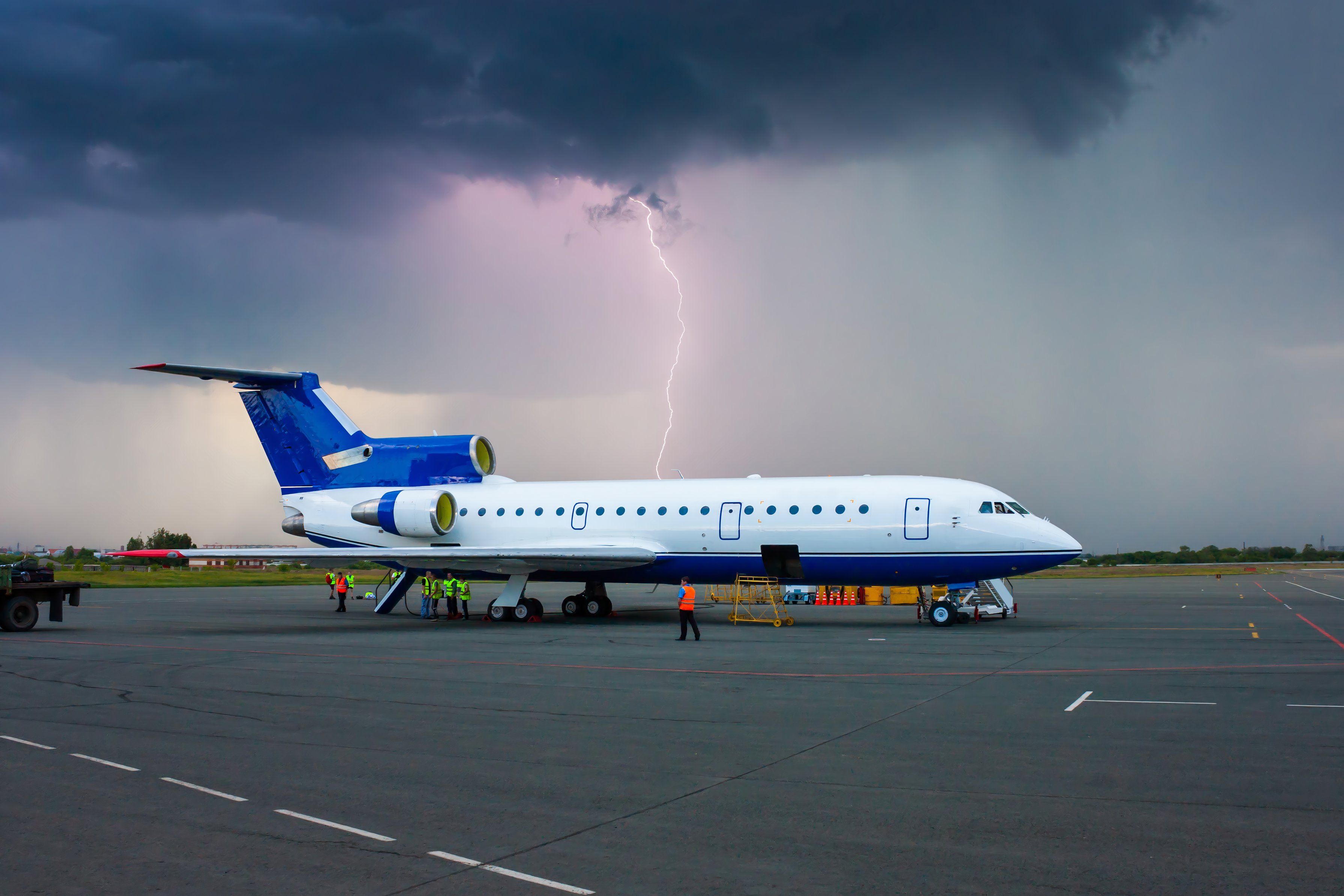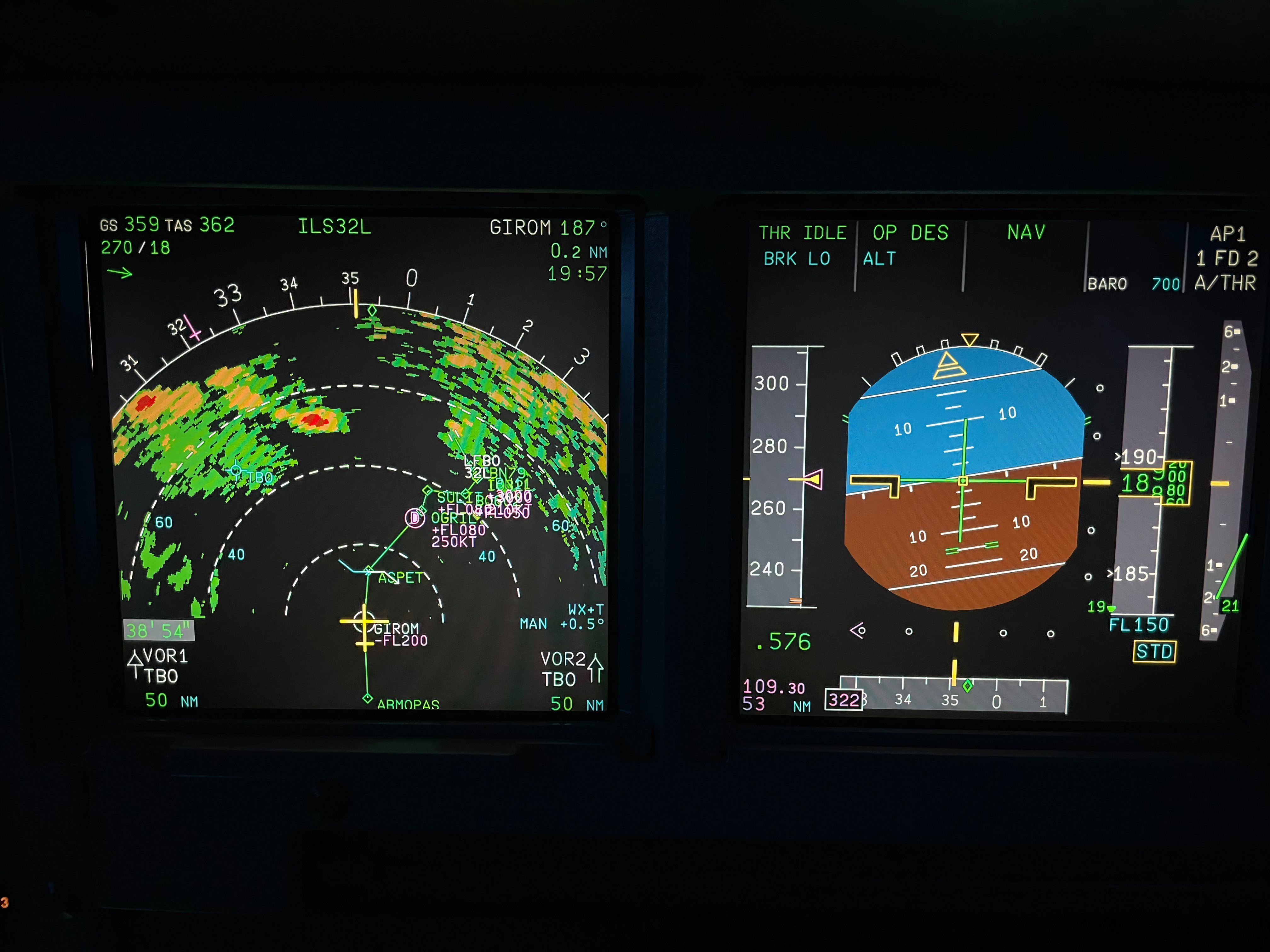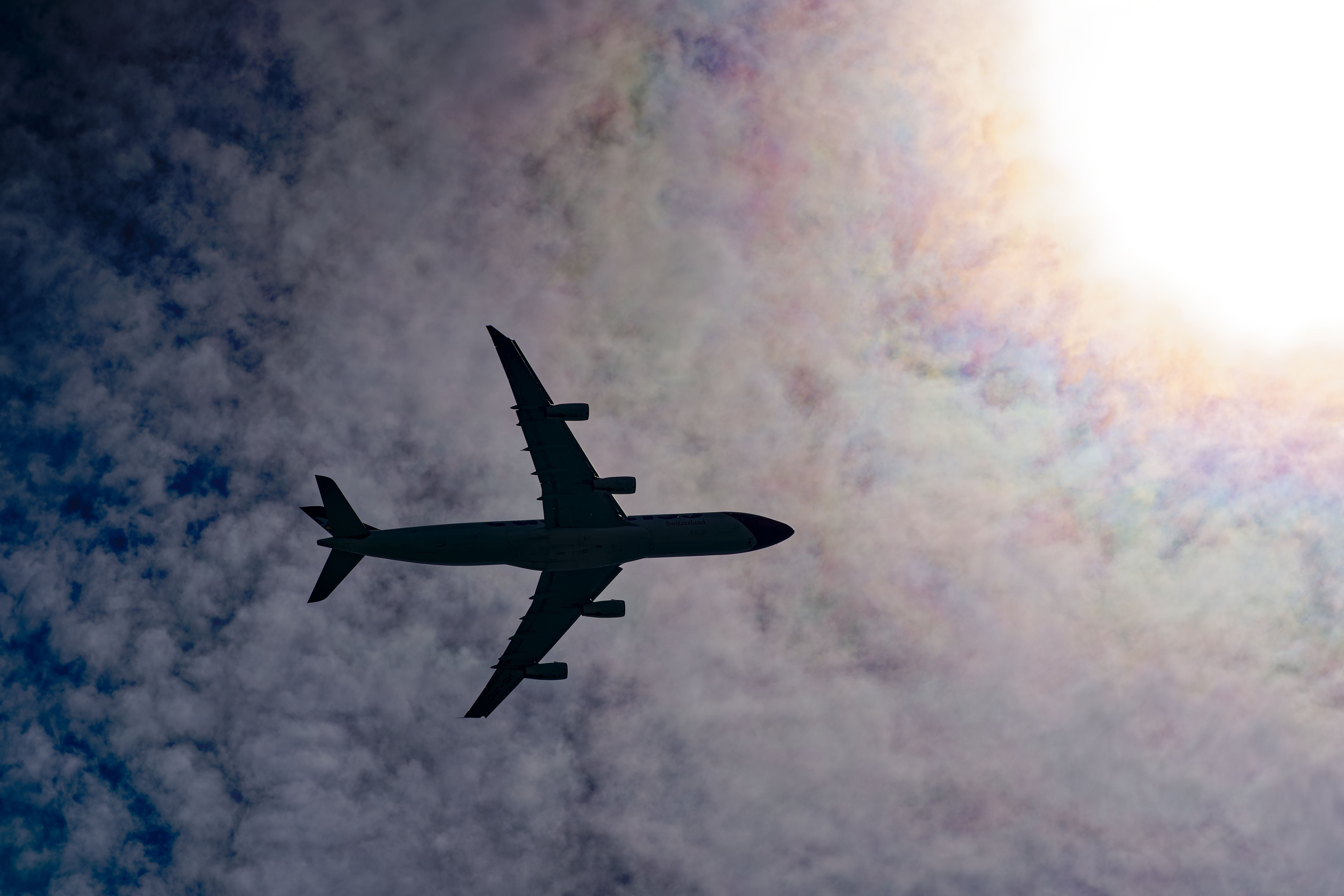Weather-related delays are a significant issue in the US aviation industry, affecting thousands of flights annually. The Federal Aviation Administration (FAA) reports that weather is the leading cause of flight delays in the National Airspace System, accounting for approximately 75.48% of delays lasting more than 15 minutes over a six-year period from 2017-2022. Understanding the types of weather that cause these delays, how they impact flights, and the measures taken to mitigate them is important for both passengers and aviation professionals.
Types of weather causing delays
Thunderstorms
These are the most disruptive weather events for aviation, primarily due to the severe turbulence, lightning, and potential for wind shear they bring. Thunderstorms can cause en-route delays, necessitate re-routing, and even lead to flight cancelations if the conditions are severe enough. In 2019, the FAA reported that thunderstorms were responsible for a significant portion of the 30,000 delays experienced during peak summer months.
Winter Weather
Snow and ice are major contributors to delays, especially at airports in northern states. The FAA works closely with airports to ensure they are equipped with the necessary snowplows, de-icing equipment, and infrastructure to handle winter weather. During the winter of 2020-2021, significant snowstorms across the Midwest and Northeast resulted in thousands of flight delays and cancelations.
Photo: Jaromir Chalabala | Shutterstock
Hurricanes and Tornadoes
Severe weather events such as hurricanes and tornadoes can shut down entire airports and airspace regions, leading to extensive delays and cancelations. The FAA’s severe weather preparedness programs are designed to maintain airspace safety during such events. In 2020, Hurricane Laura closed major airports in the Gulf Coast region, resulting in widespread travel disruptions.
Excessive Heat
High temperatures can affect aircraft performance, particularly during takeoff and landing. As temperatures rise, air density decreases, requiring longer distances for aircraft to take off and land safely. This can be particularly challenging at airports with shorter runways or at high altitudes.
- Reduced Lift: Hot air is less dense, which reduces the lift generated by the wings. This means aircraft need longer runways to achieve the necessary speed for takeoff.
- Engine Efficiency: High temperatures can affect engine performance, leading to potential overheating and reduced thrust.
- Weight Restrictions: Airlines may need to reduce the aircraft’s weight by limiting the number of passengers or cargo to ensure safe operations during extreme heat.
Photo: Rebekah Zemansky | Shutterstock
According to AZ Central, during the summer of 2017, several flights at Phoenix Sky Harbor International Airport were canceled or delayed because temperatures exceeded the operational limits of certain aircraft types.
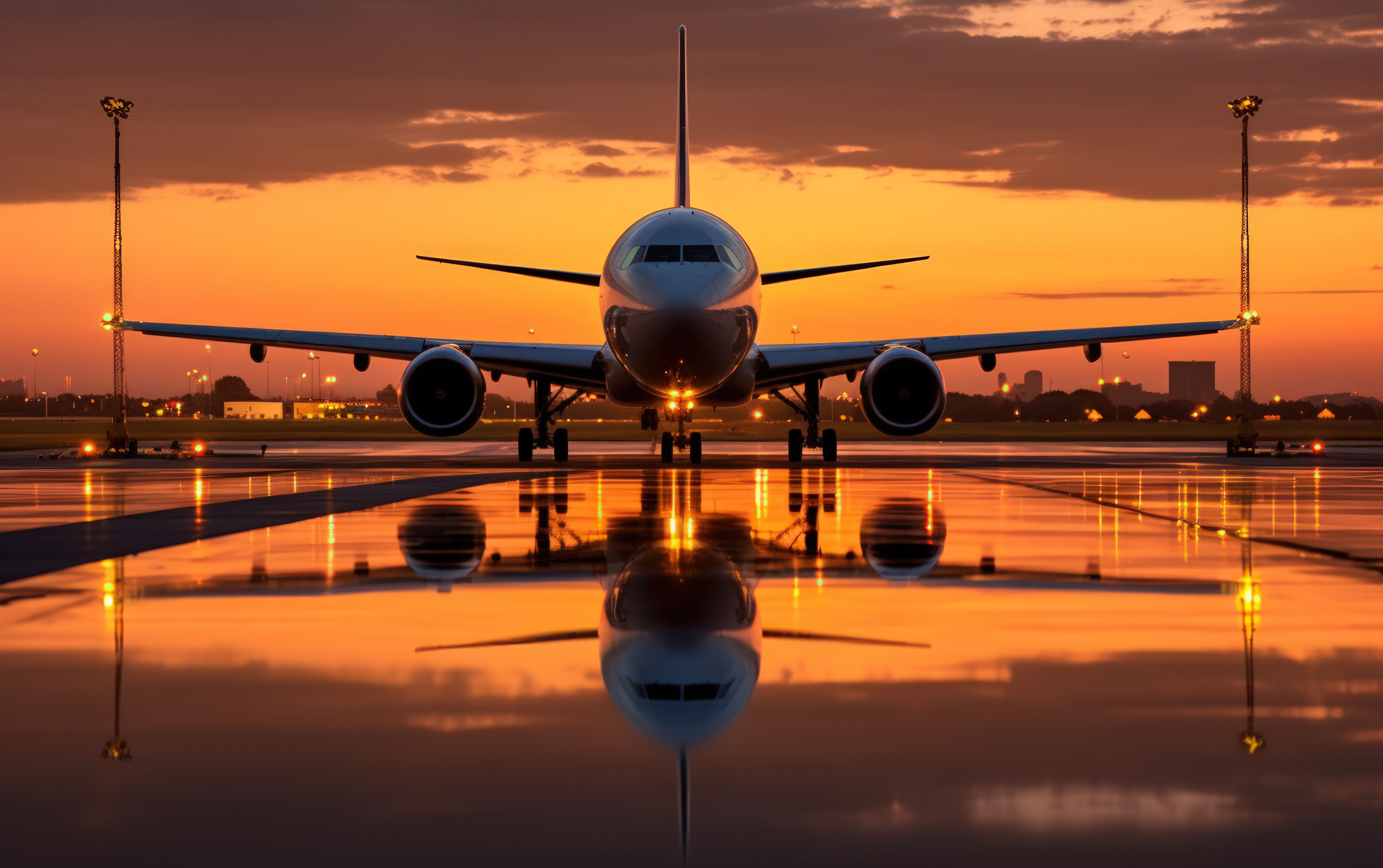
Related
Can Scheduled Flights Be Suspended Due To High Outside Temperatures?
The engine efficiency is reduced at high temperatures.
Impact on flights
Weather delays can affect flights in several ways:
- Ground Delays: Bad weather at departure airports often leads to ground delays where aircraft are held at the gate or on the apron. This can cause a cascading effect of delays throughout the network as aircraft and crews become misaligned.
- Airborne Delays: En-route flights may encounter weather systems that require deviations from the planned flight path, resulting in longer flight times and possible holding patterns before landing. These delays can increase fuel consumption and operational costs.
- Cancelations: In extreme cases, flights may be canceled to ensure passenger safety. Airlines are responsible for balancing the risk of operating in adverse conditions with the potential disruption to passengers and schedules.
Photo: Dushlik | Shutterstock
FAA’s role in mitigating weather delays
The FAA employs all sorts of strategies to mitigate the impact of weather on aviation. The NextGen Weather Program is a key initiative that leverages advanced forecasting technology and data analysis to predict and manage weather-related airspace constraints. This program involves collaboration between the FAA, NOAA, and NASA to improve the accuracy of weather forecasts and their integration into flight planning.
Additionally, the FAA’s Command Center coordinates with airlines to implement ground delay programs and severe weather avoidance plans. These measures help to redistribute air traffic and reduce congestion in affected airspace, minimizing delays and maintaining safety.
NextGen Weather Program
The NextGen Weather Program harnesses massive computing power and unprecedented advances in numerical weather forecasting. By translating weather information into airspace constraints and providing modernized information management services, NextGen Weather aims to provide tailored aviation weather products within the National Airspace System (NAS). This helps controllers and operators develop reliable flight plans, make better decisions, and improve on-time performance.
Photo: EA Photography | Shutterstock
According to the FAA:
NextGen Weather can provide tailored aviation weather products within the NAS, helping controllers and operators develop reliable flight plans, make better decisions, and improve on-time performance.”
Ground Delay Programs (GDP)
The FAA’s Command Center coordinates with airlines to implement Ground Delay Programs (GDPs) during significant weather events. GDPs manage the flow of aircraft into busy airports by assigning departure delays, thus reducing the risk of airborne holding. This ensures a more orderly and predictable flow of air traffic.
Collaboration with International Partners
By sharing data and best practices with international aviation authorities, the FAA collaborates to improve global weather prediction and mitigation strategies. The aviation industry can work together to minimize the impact of weather on flights worldwide. This collaboration includes joint research initiatives and the development of standardized protocols for handling severe weather events.
Practical advice for passengers
For travelers, being aware of the potential for weather delays and planning accordingly is half the battle. Here are some additional helpful tips:
- Check Flight Status: Always check your flight status before heading to the airport. The FAA provides real-time airport status and delay information on its website.
- Plan for Delays: During seasons prone to severe weather, anticipate possible delays and allow extra time for your travel plans.
- Stay Informed: Follow updates from your airline and the FAA, especially during known weather events, to receive timely information about any changes to your flight schedule.
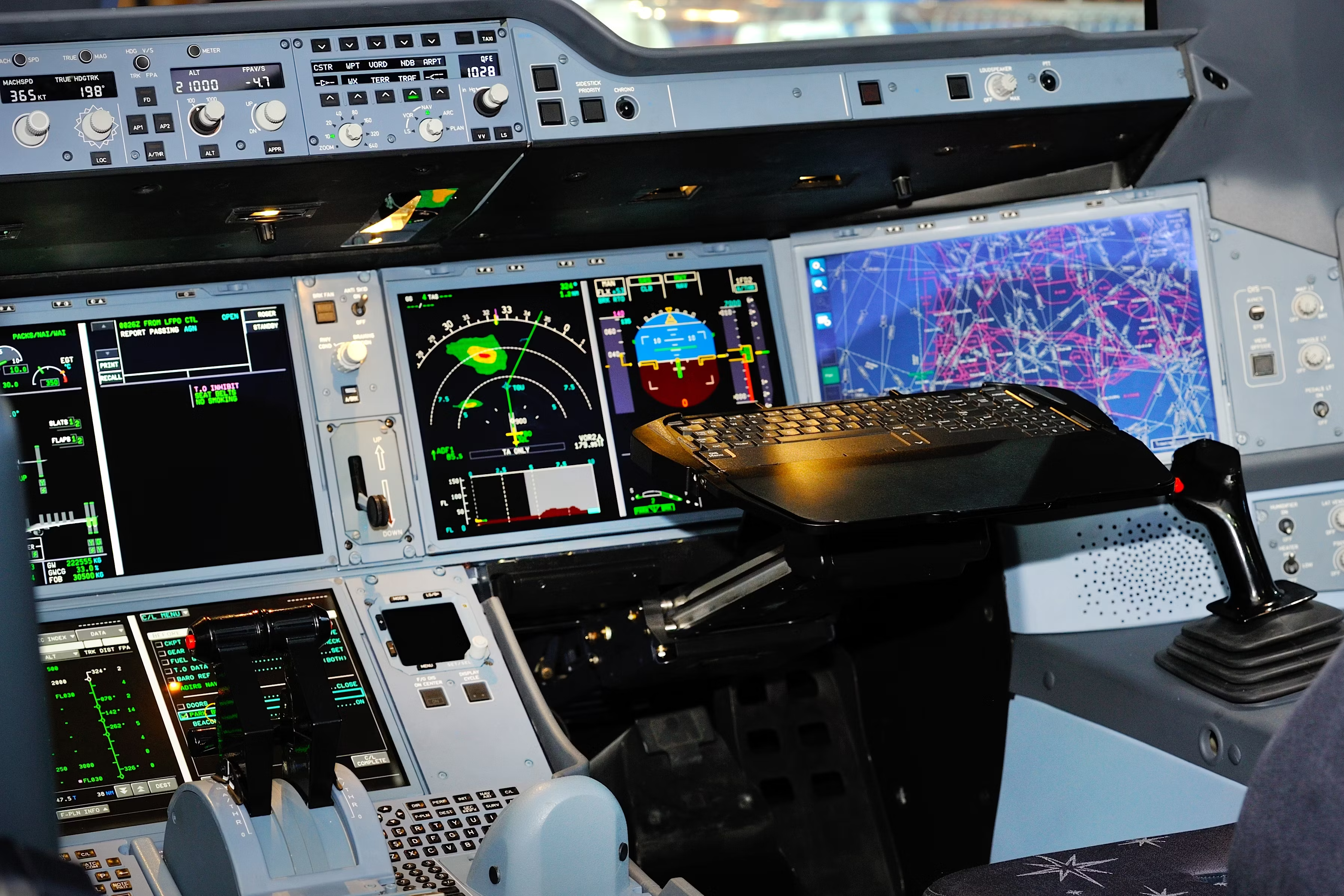
Related
5 Useful Forecasting Tools That Help Pilots Understand Prevailing Weather Conditions
These weather forecasting platforms ensure flight safety.
The role of technology in reducing weather delays
Technological advancements play a significant role in reducing the impact of weather delays. Integrating advanced radar systems, improved satellite data, and real-time weather monitoring tools enables better prediction and management of adverse weather conditions. The FAA’s Weather Technology in the Cockpit (WTIC) program aims to enhance pilot decision-making by providing accurate, real-time weather information directly to the cockpit.
Photo: Michael Derrer Fuchs | Shutterstock
Wrapping it up
While weather delays are unavoidable in air travel, understanding their causes and how the aviation industry manages them can help passengers and professionals better navigate these challenges. The FAA’s ongoing efforts to improve weather forecasting and traffic management play an integral role in minimizing the impact of weather on US aviation.

